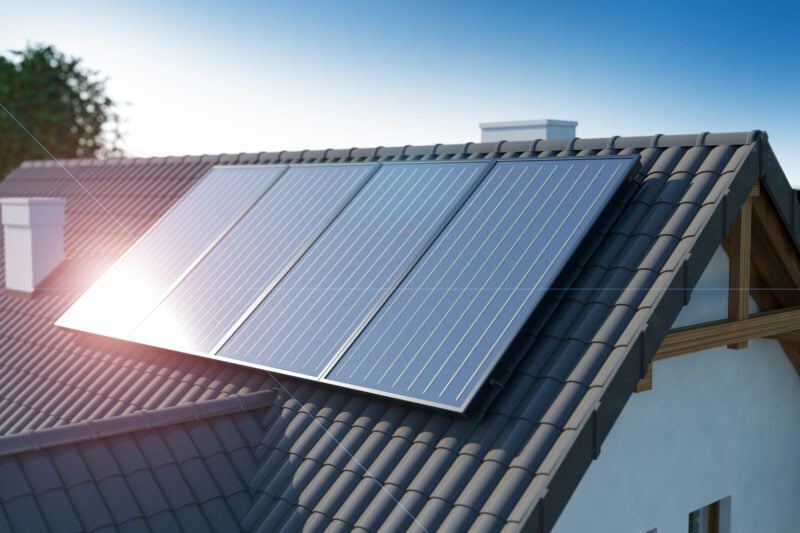Let’s start with the bottom line: it has never being cheaper to install solar panels in your home. The average cost of solar panels at home has fallen by more than 70% in the last ten years. In 2019, the United States surpassed two million solar installations, a figure that is expected to double by 2023.
The benefits of solar panels at home are numerous. Solar energy is a renewable energy source that is good for the environment. It also helps to reduce your monthly electricity bills and provides grid independence.
To find the true cost of solar panels, it is necessary to consider the average cost of installing the panels, the likely monthly electricity savings, your home’s sunlight exposure levels, and factor in any available incentives. In this blog post, we will look closer at each of these areas.
Average Cost of Solar Panel System
The growth in solar energy popularity has led to sharp price reductions in recent years, a trend that is continuing. According to the Solar Energy Industries Association, the cost of an average-sized residential solar system has fallen by 50% to a pre-incentive price of $20,000 since 2010.
The average lifespan of solar panels is around 25 years, with little maintenance required. Therefore, the true cost of solar panels must be deduced by judging the upfront cost versus the expected savings experienced over these 25 or so years.
Current Electricity Bills
High electricity bills are one of the most common reasons that homeowners choose to install solar panels. Solar panels can eliminate or dramatically reduce your monthly electricity bills, given that they generate their own power.
As noted above, the true cost of solar panels must take into consideration your average monthly electricity bill, along with expected energy cost hikes in line with inflation.
Consider Your Sunlight Exposure
Solar panels will be most effective in areas with greater sunlight exposure. States such as Arizona and California, for example, are well-suited to solar panel systems. Google’s Project Sunroof helps you to calculate your roof’s solar energy potential.
The more solar energy your home generates, the less the overall cost of your solar system will be. With solar net metering, you can sell your surplus energy to the grid, earning you additional money to offset the first-day cost of solar panels.
Factor in Incentives
Given that it is a clean and renewable form of energy, the US government and many US states offer incentives for residential homeowners to install solar panels. Be sure to explore the incentives available to you, which will help you to better gauge the true cost of installing solar panels at home.
Check out this link for quality solar panel installers in the Mid-Atlantic region.
Discover the Average Cost of Solar Panels
To get a true idea of the average cost of solar panels, it is important to factor in each of the above points. While many people may feel put off by the upfront cost of a solar system, they are fantastically affordable when looked at over its full lifespan.
Like this blog post on solar panel cost? Be sure to check out our other interesting articles on our blog post today.




